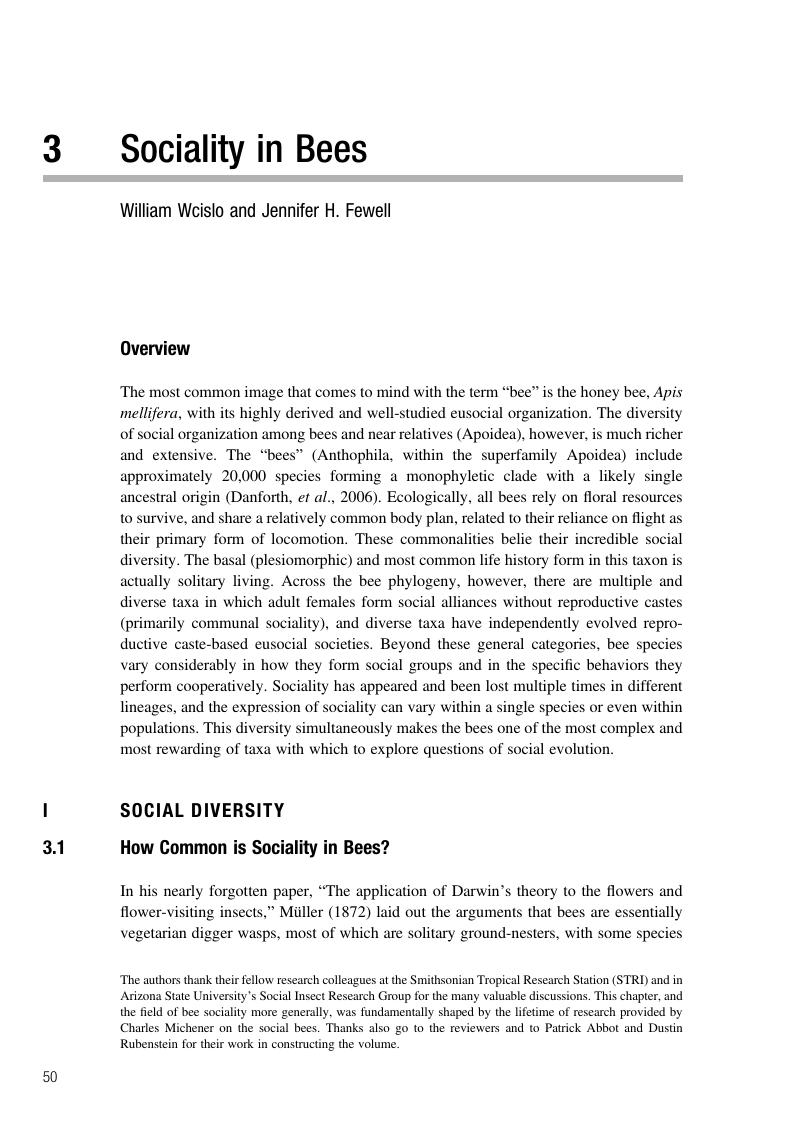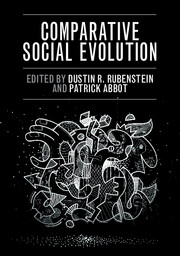Book contents
- Comparative Social Evolution
- Comparative Social Evolution
- Copyright page
- Contents
- Contributors
- Foreword
- 1 The Evolution of Social Evolution
- Part I Invertebrates
- 2 Sociality in Ants
- 3 Sociality in Bees
- 4 Sociality in Wasps
- 5 Sociality in Termites
- 6 Sociality in Aphids and Thrips
- 7 Sociality in Spiders
- 8 Sociality in Shrimps
- Part II Vertebrates
- Glossary
- Index
- References
3 - Sociality in Bees
from Part I - Invertebrates
Published online by Cambridge University Press: 13 April 2017
- Comparative Social Evolution
- Comparative Social Evolution
- Copyright page
- Contents
- Contributors
- Foreword
- 1 The Evolution of Social Evolution
- Part I Invertebrates
- 2 Sociality in Ants
- 3 Sociality in Bees
- 4 Sociality in Wasps
- 5 Sociality in Termites
- 6 Sociality in Aphids and Thrips
- 7 Sociality in Spiders
- 8 Sociality in Shrimps
- Part II Vertebrates
- Glossary
- Index
- References
Summary

Information
- Type
- Chapter
- Information
- Comparative Social Evolution , pp. 50 - 83Publisher: Cambridge University PressPrint publication year: 2017
References
Accessibility standard: Unknown
Why this information is here
This section outlines the accessibility features of this content - including support for screen readers, full keyboard navigation and high-contrast display options. This may not be relevant for you.Accessibility Information
- 28
- Cited by
